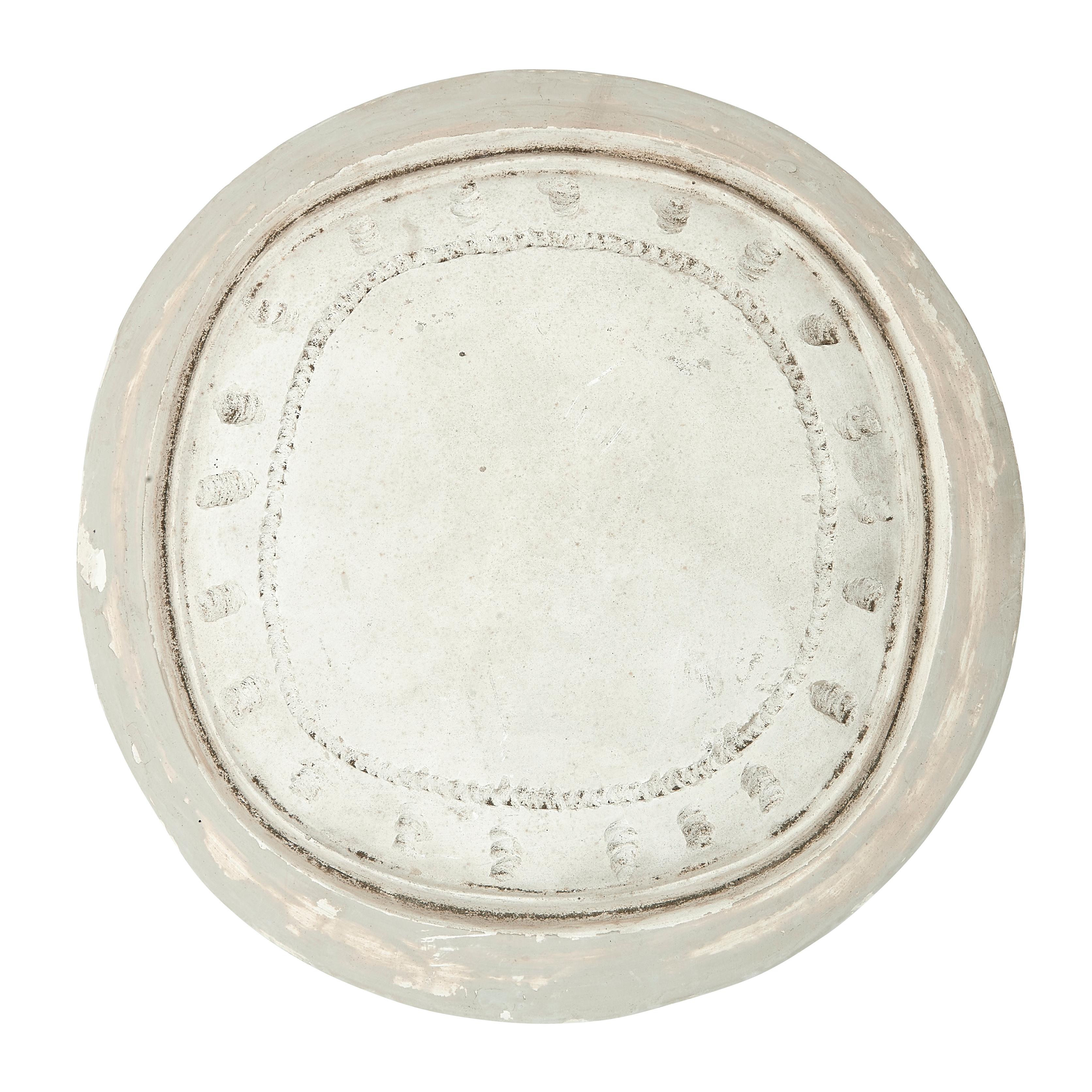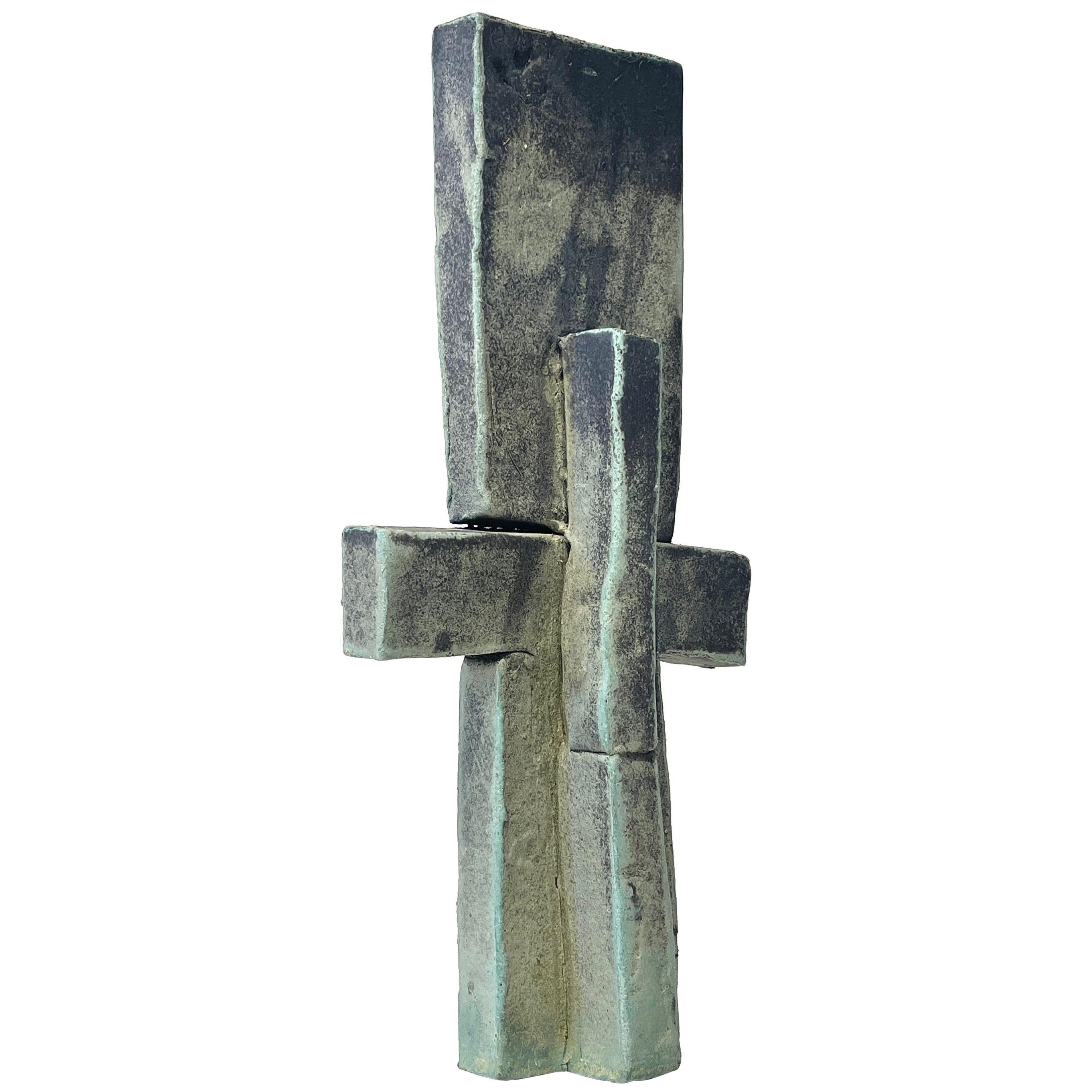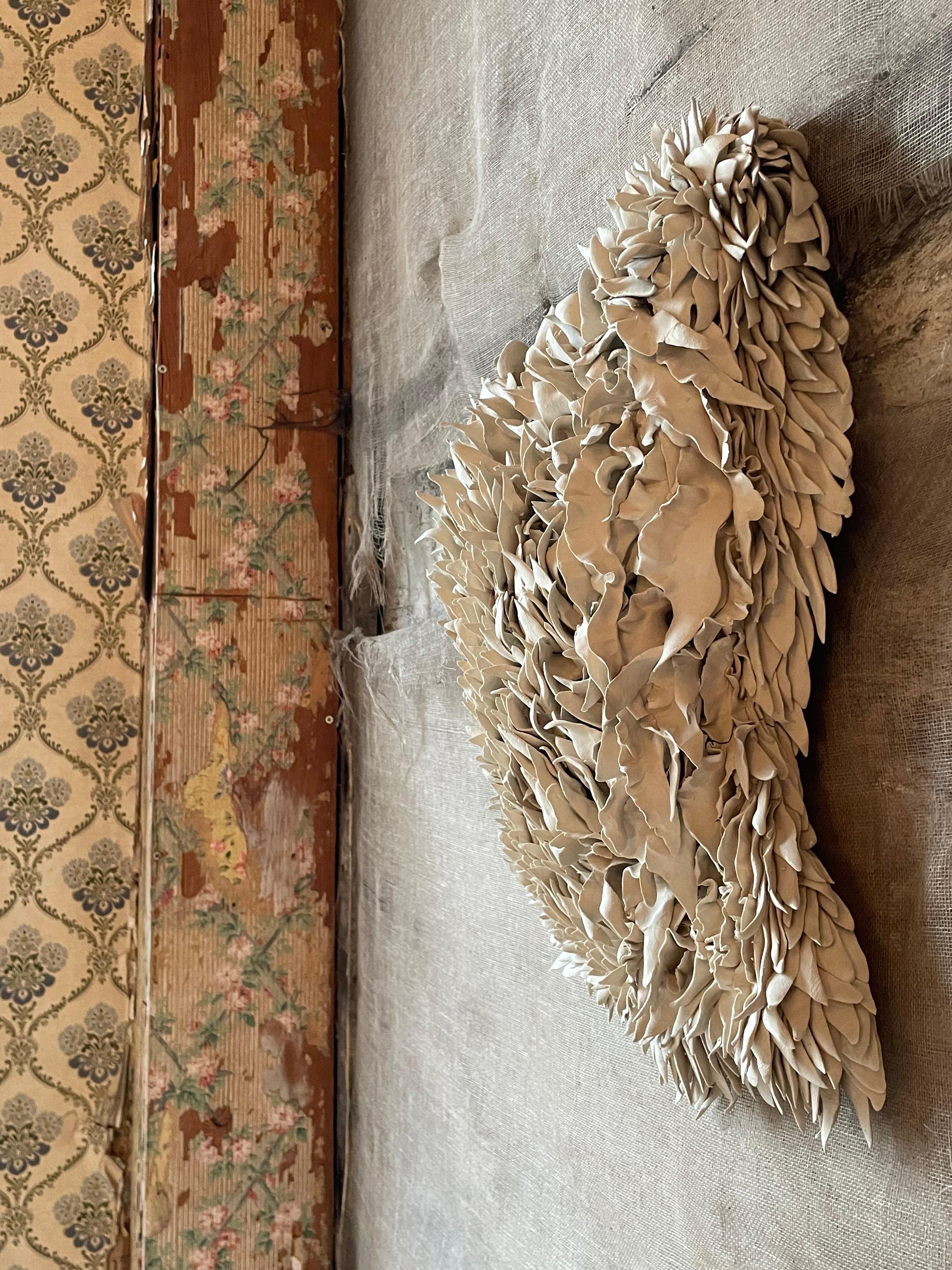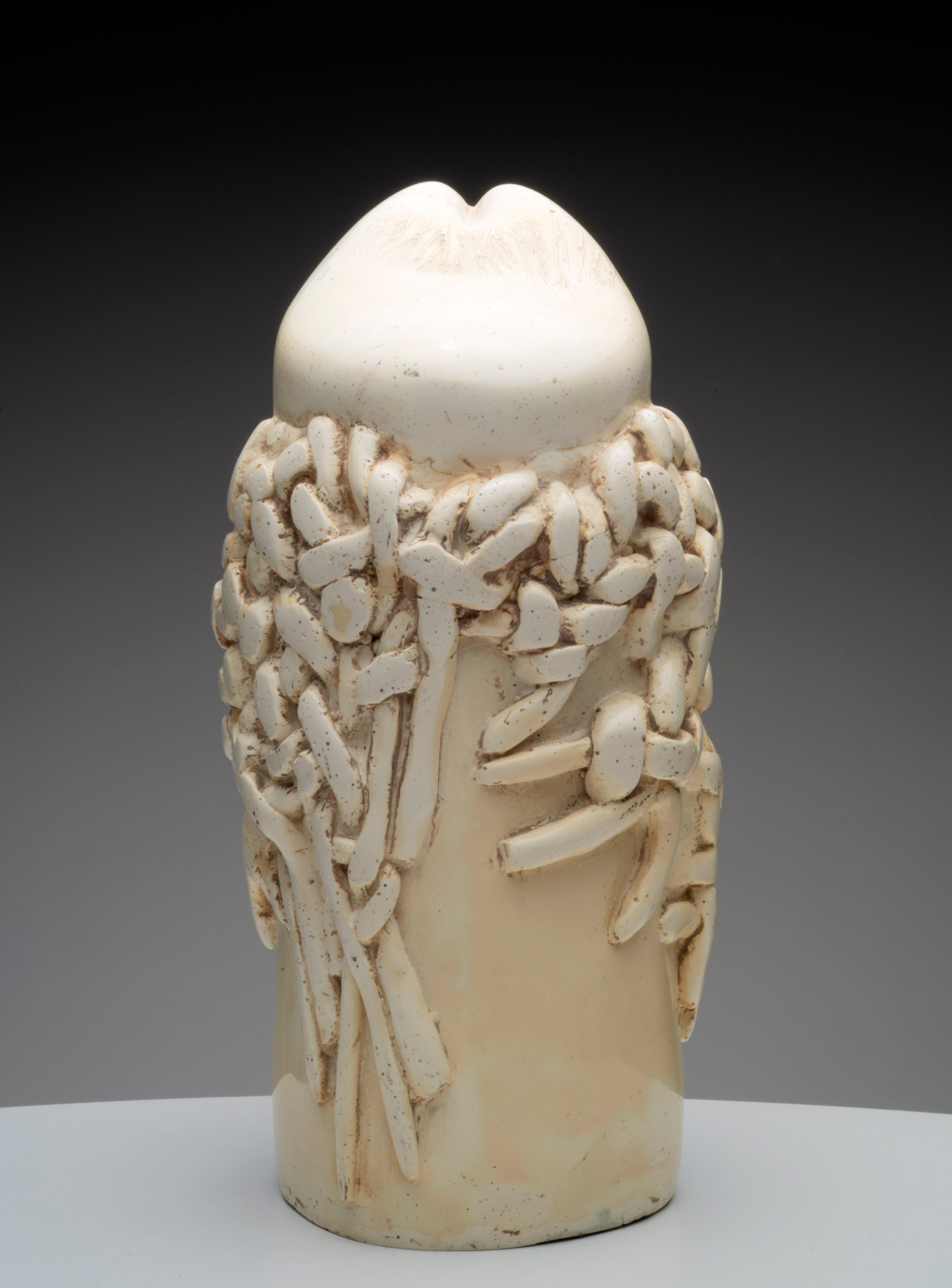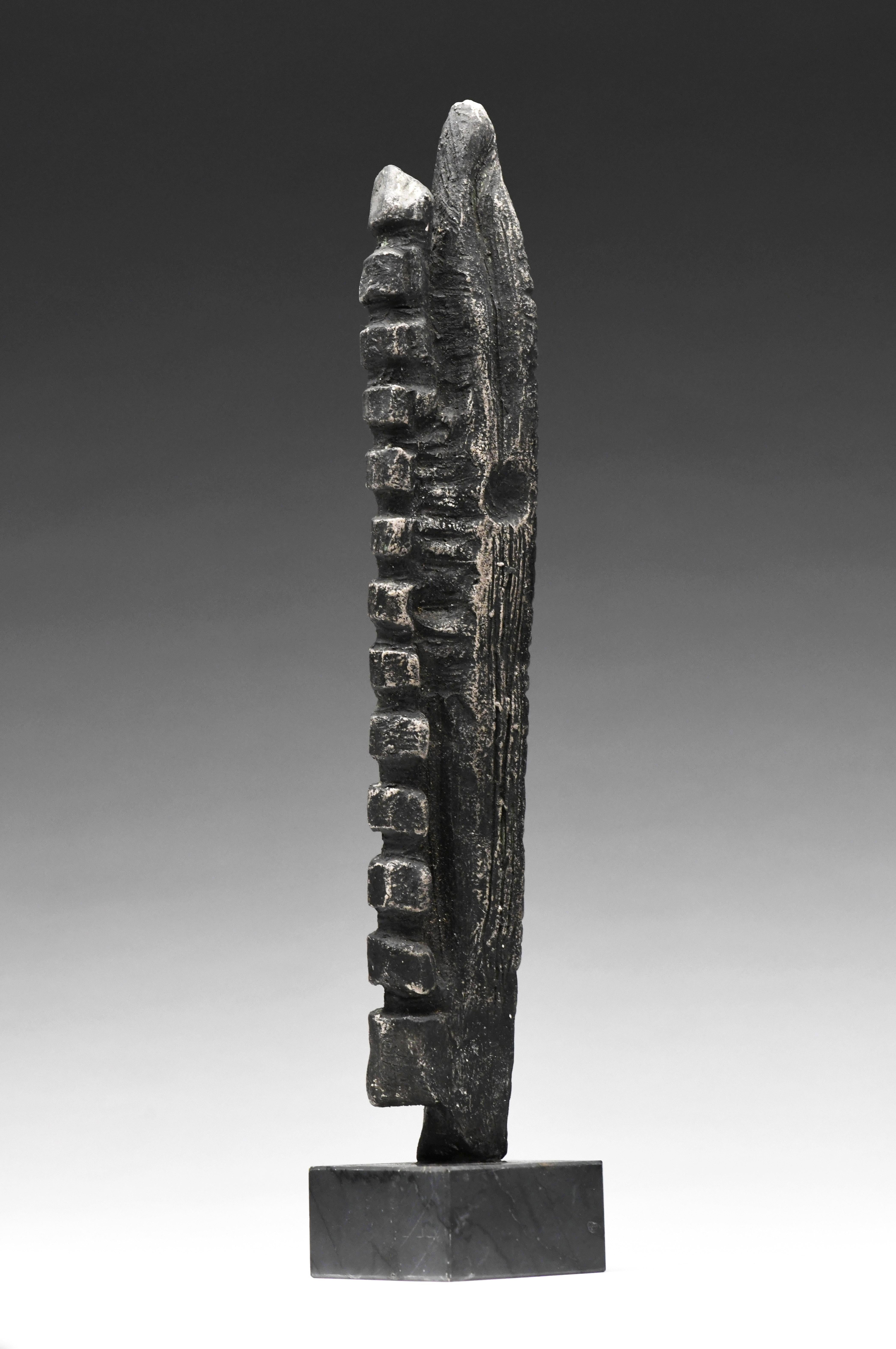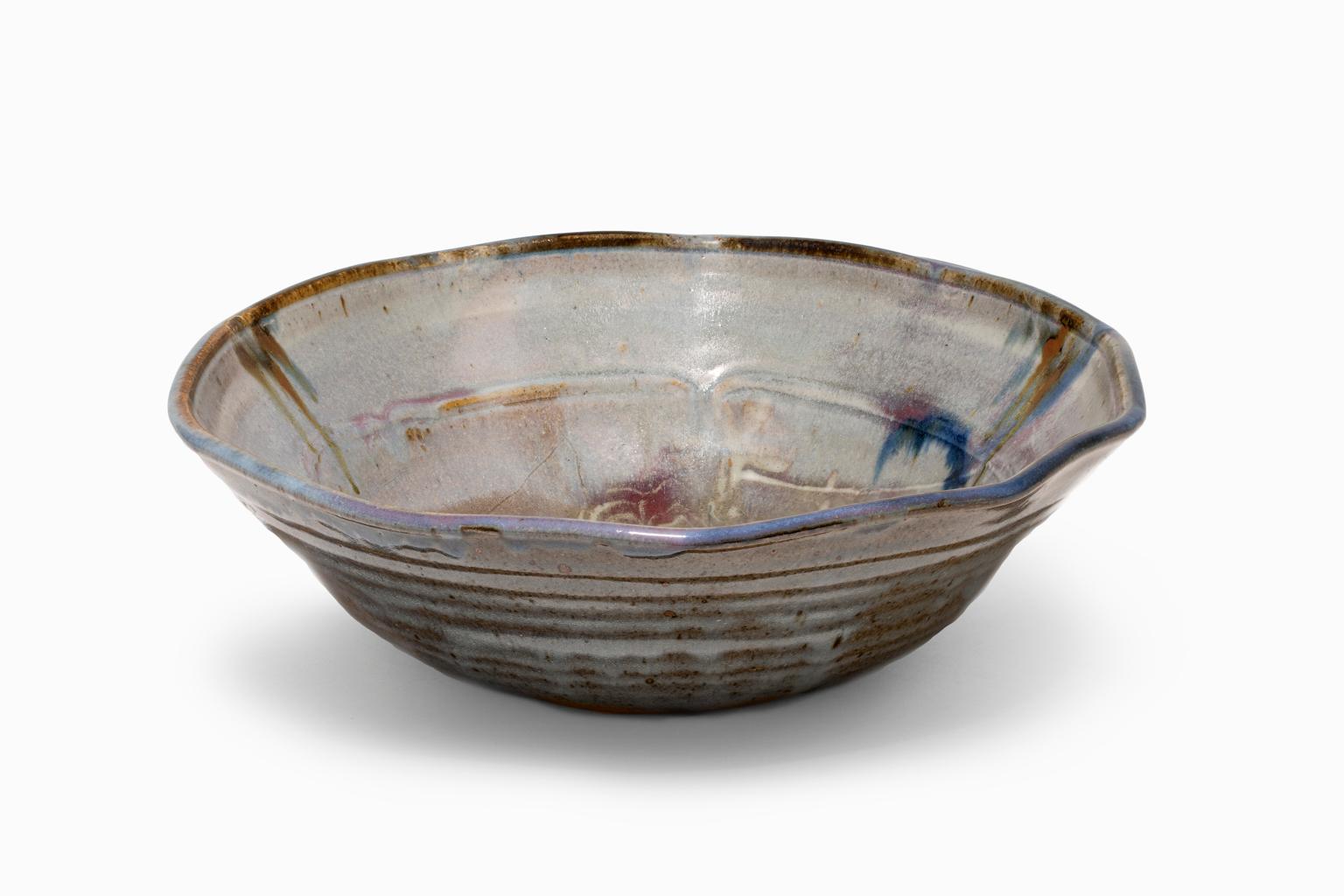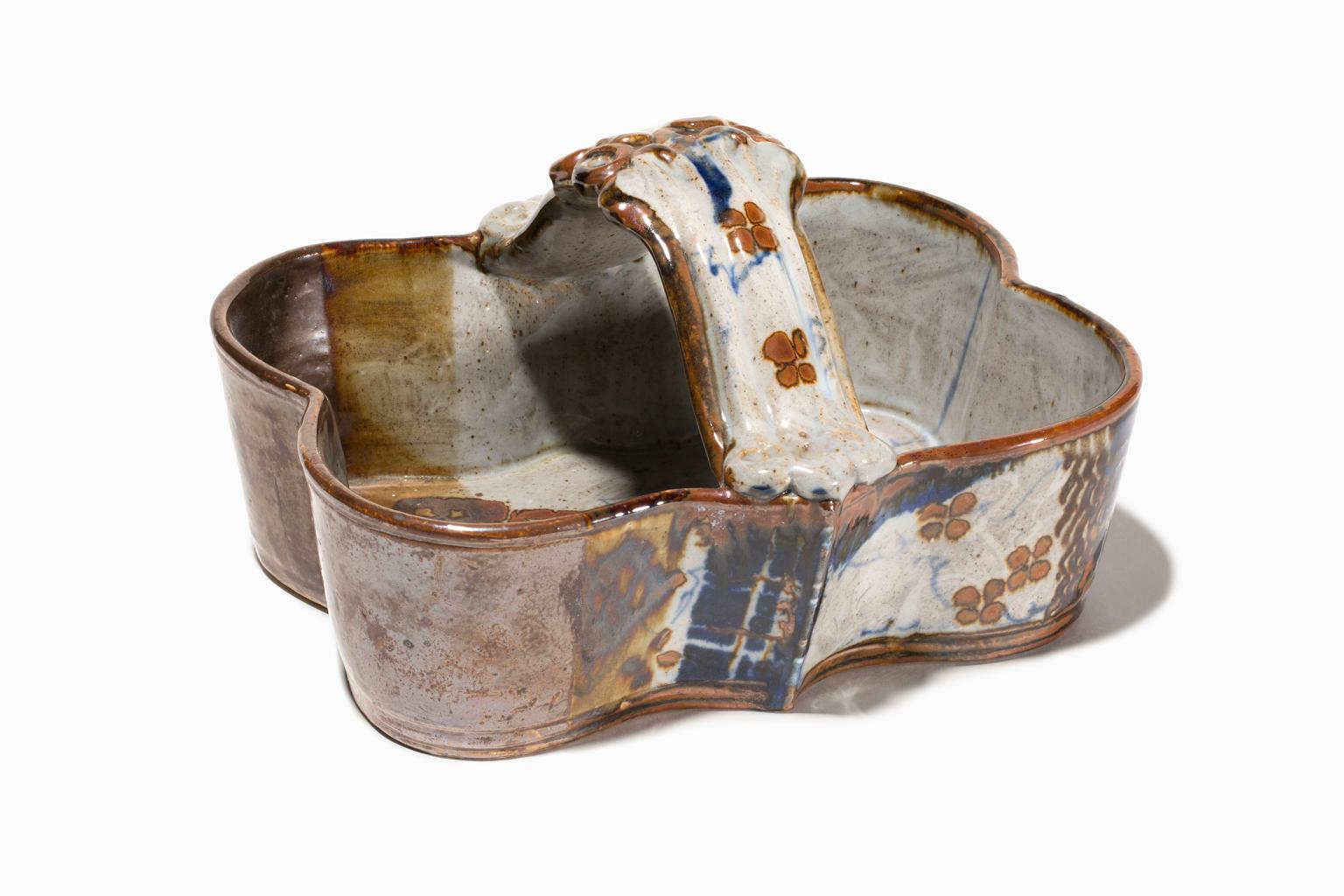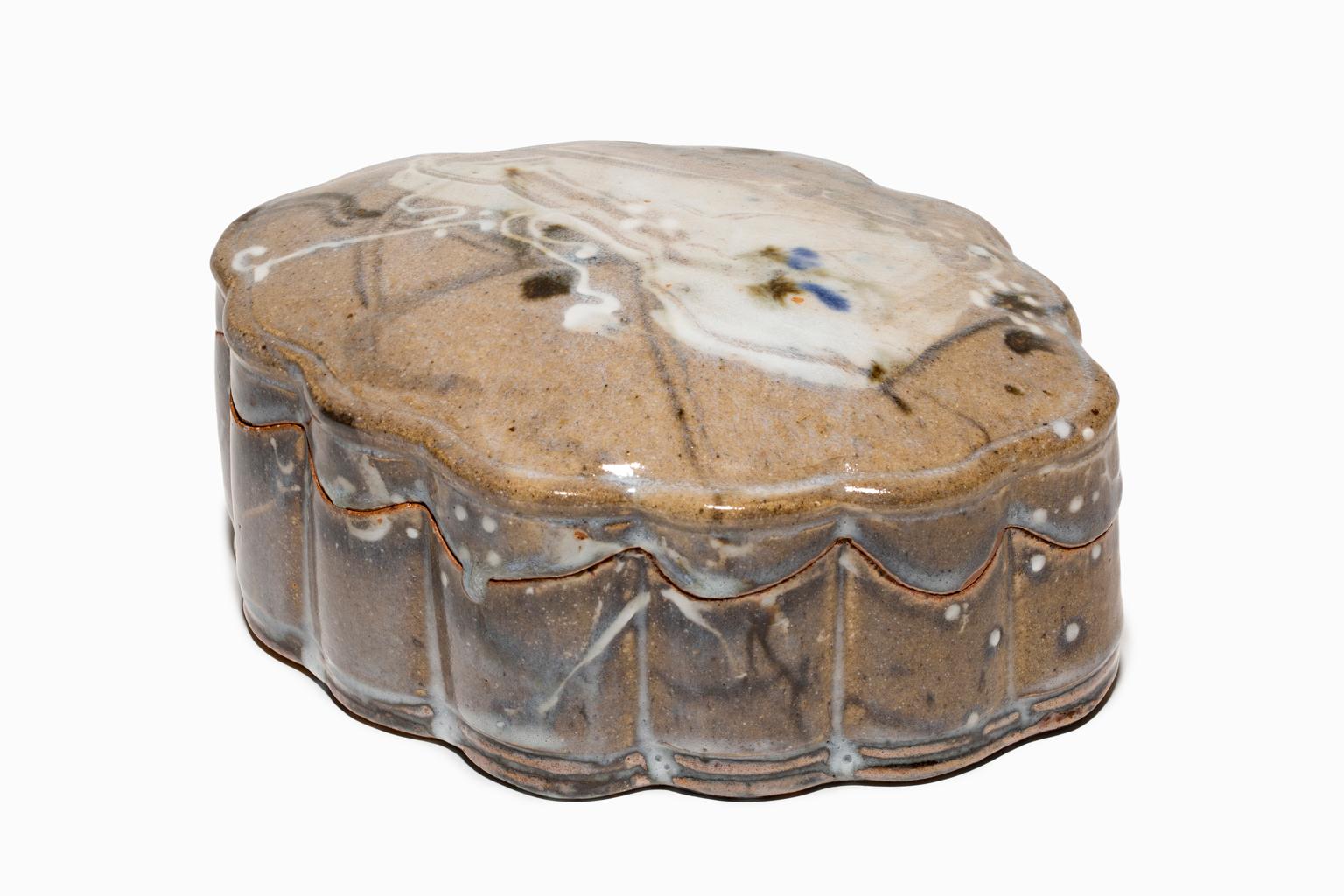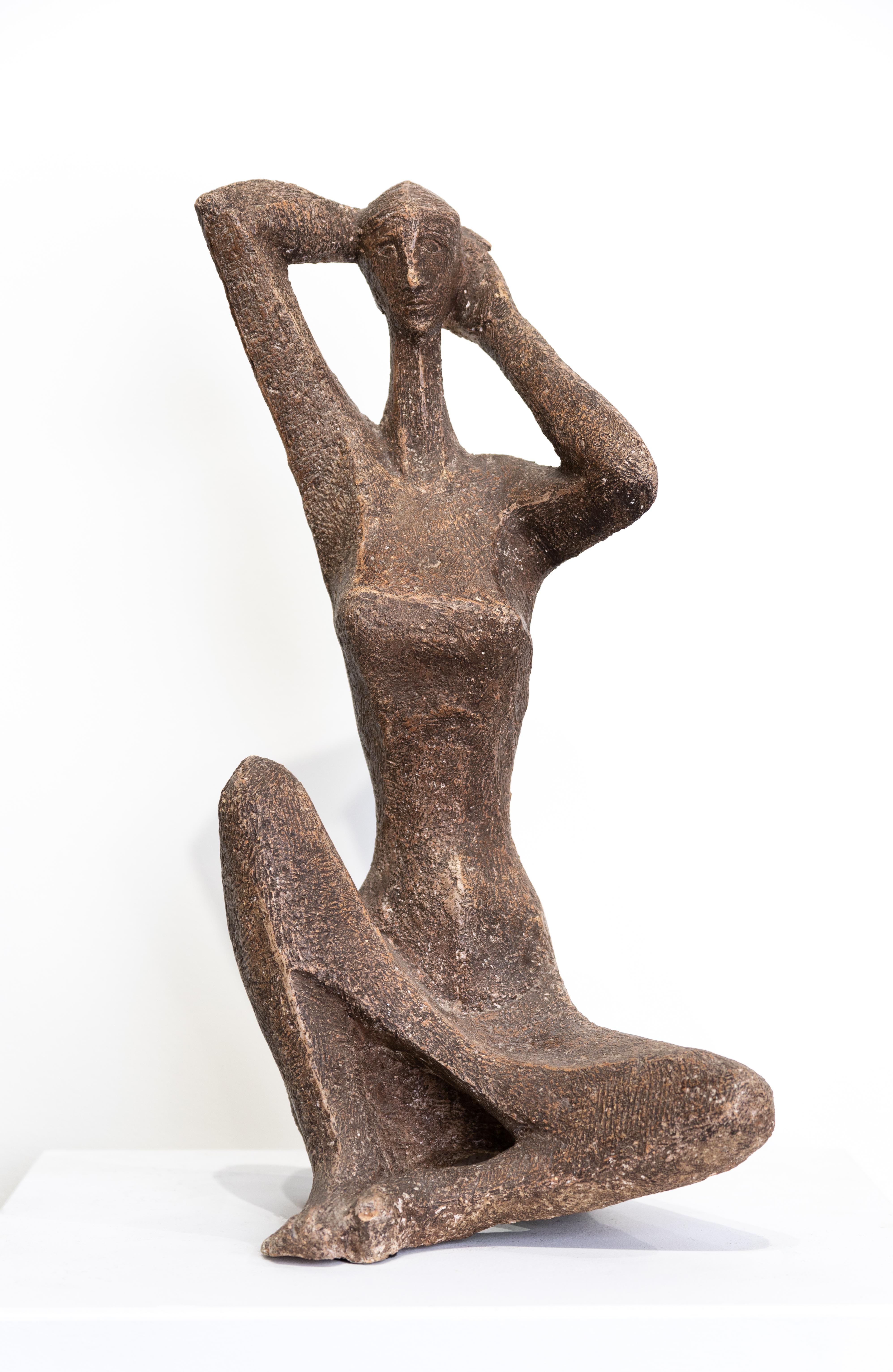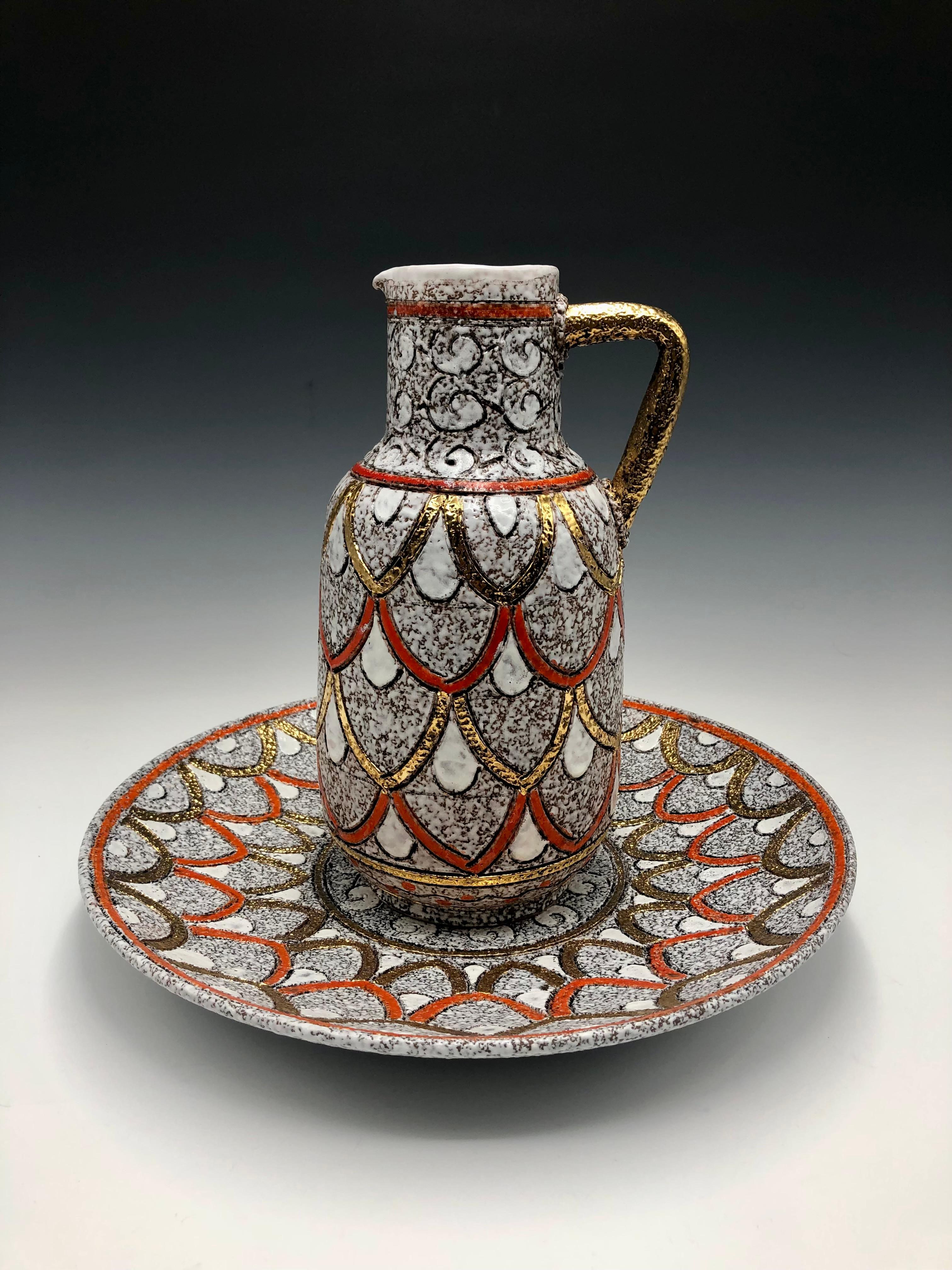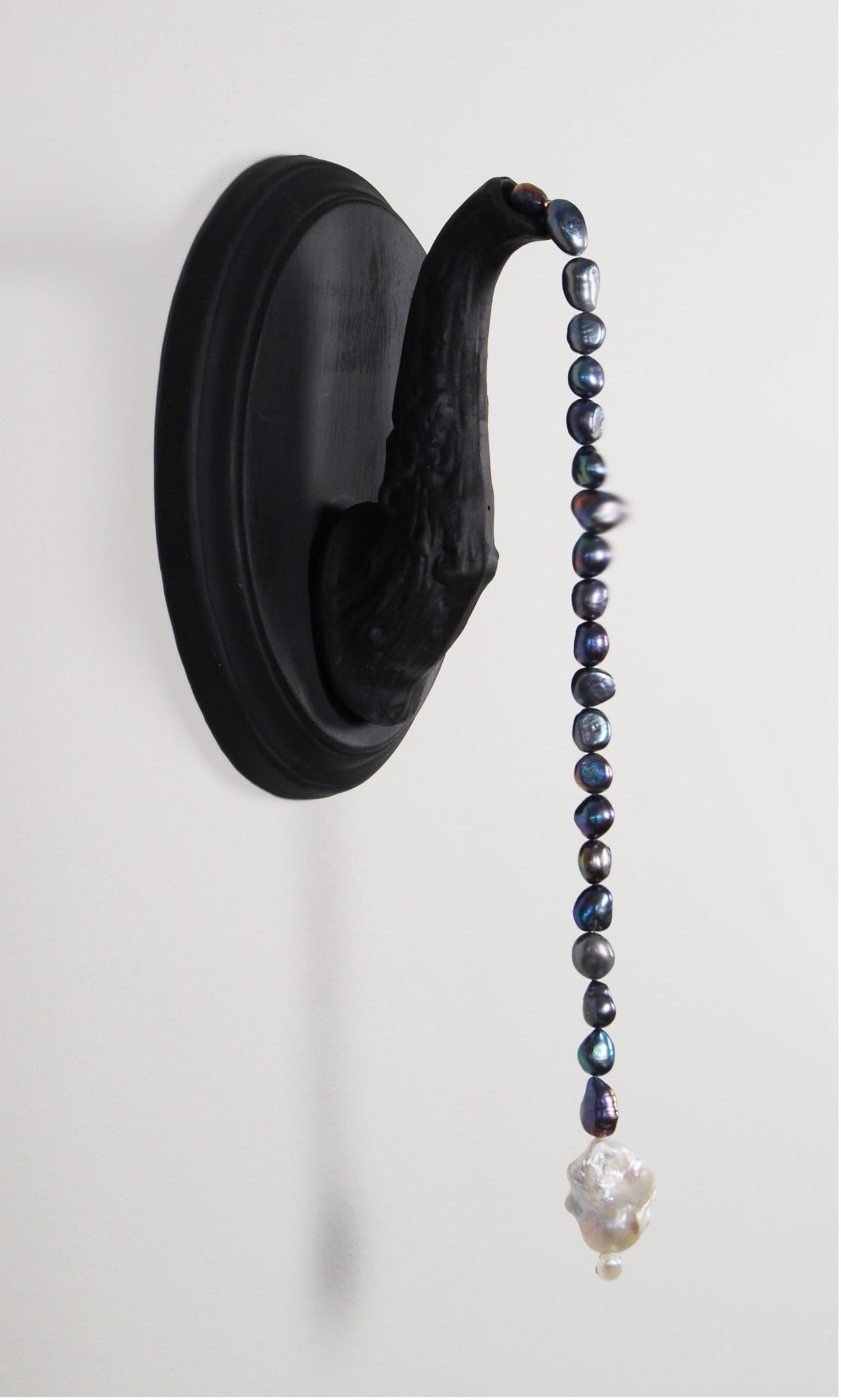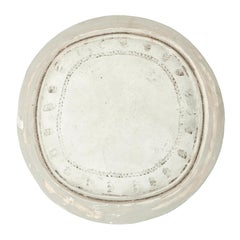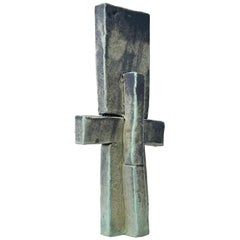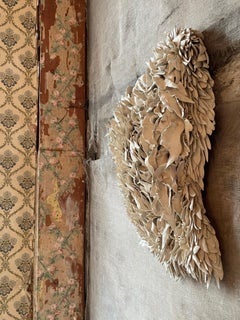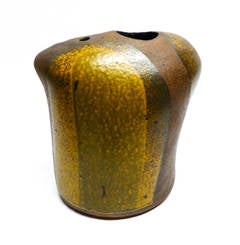
Torso Weed Vase
View Similar Items
1 of 4
Betty FevesTorso Weed Vase1970's
1970's
$1,400List Price
About the Item
- Creator:Betty Feves (1918 - 1985, American)
- Creation Year:1970's
- Dimensions:Height: 8.5 in (21.59 cm)Width: 8.5 in (21.59 cm)Depth: 6.75 in (17.15 cm)
- Medium:
- Movement & Style:
- Period:
- Condition:Professional repair to small edge chips on large opening. Likely done by Feves herself.
- Gallery Location:Renton, WA
- Reference Number:1stDibs: LU514137060
Authenticity Guarantee
In the unlikely event there’s an issue with an item’s authenticity, contact us within 1 year for a full refund. DetailsMoney-Back Guarantee
If your item is not as described, is damaged in transit, or does not arrive, contact us within 7 days for a full refund. Details24-Hour Cancellation
You have a 24-hour grace period in which to reconsider your purchase, with no questions asked.Vetted Professional Sellers
Our world-class sellers must adhere to strict standards for service and quality, maintaining the integrity of our listings.Price-Match Guarantee
If you find that a seller listed the same item for a lower price elsewhere, we’ll match it.Trusted Global Delivery
Our best-in-class carrier network provides specialized shipping options worldwide, including custom delivery.You May Also Like
Ceramic Owl Vase (A.R. 135) from the Madoura Pottery by Pablo Picasso
By Pablo Picasso
Located in London, GB
Mid-Century earthenware vase with painted owl decoration, by Pablo Picasso, Vallauris, France (1952). This is a vintage, limited edition earthenware creation, in a run of 500 (Edition Picasso) at the Madoura pottery...
Category
1950s Modern Abstract Sculptures
Materials
Ceramic
Pablo Picasso 'Frise gravée' Unique Plaster Mould
By Pablo Picasso
Located in Miami, FL
PABLO PICASSO (1881-1973)
Frise gravée (Unique)
Unique plaster mould. Used in the creation of editioned ceramics at the Madoura studio in Vallauris, plaster moulds like this one we...
Category
1950s Modern Abstract Sculptures
Materials
Ceramic
'Cross Reference' Weathered Bronze Ceramic Sculpture
By Judy Engel
Located in Hudson, NY
Judy Engel
Cross Reference
2019 Glazed Ceramic
Greatly influenced by the modernism of the middle of the 20th century, Judy's first introduction to this style was the Empire Stat...
Category
21st Century and Contemporary Modern Abstract Sculptures
Materials
Ceramic, Glaze
Ceramic sculpture, called 'Fragile'
Located in Oostende, BE
Ceramic sculpture called 'Fragile'.
Category
2010s Modern Abstract Sculptures
Materials
Ceramic
Raul Valdivieso Latin American Erotic Ceramic Sculpture, 1960s
By Raúl Valdivieso
Located in Washington, DC
One of a kind ceramic sculpture by Latin American sculptor Raúl Valdivieso (Chilean, 1931-1993). Valdivieso is known for his reinterpretation of classic organic forms and human figures. Sculpture retains the original wood and black laminate base with metal cage. Ceramic is in good original condition. Laminate is in poor condition with a few chips.
Raúl Valdiveso was born September 9, 1931 in Santiago, Chile. In 1952 he began his studies at the School of Fine Arts at the University of Chile. There he took to sculpture and studied under professors like Marta Colvin...
Category
1960s Modern Nude Sculptures
Materials
Metal
Totem
Located in Washington, DC
Sculpture by Brazilian-born artist Elizabeth Freire. Sculpture is mounted on marble base and signed "EF". B&W photo is of Ms. Freire with renowned sculptor Etienne Martin at the Ecole Nationals des Beaux-Arts in Paris.
Elizabeth Freire is a Brazilian-born, contemporary American artist. At the age of eighteen, she left Rio de Janeiro and moved to Paris to study sculpture at l’Ecole Nationale Superieure des Beaux-Arts, receiving her Diploma there in 1979 under the direction of Claude Viseux, Etienne Martin, and Cesar. During that time she worked as an apprentice at the Fonderie de France where she learned bronze technique and she also attended etching courses at l’Ecole de Montparnasse.
In 1976, she won a commission to make three life-size figures representing the printing company, “Les Imprimeries de Boulogne,” at the International Printing Fair in Paris. She spent 1977 in Aix-en-Provence where she carved the local stone of Rogne.
Returning to Paris, the painter Lutka Pink introduced her to Otero, Frans Krajcberg and Hajdu from whom she received valuable lessons. In 1978, she traveled to Brazil where she was invited to participate in the exhibit ‘A Century of Sculpture in Brazil’. She also met with the sculptor Sergio Camargo...
Category
Early 2000s Modern Abstract Sculptures
Materials
Terracotta
$1,163 Sale Price
24% Off
